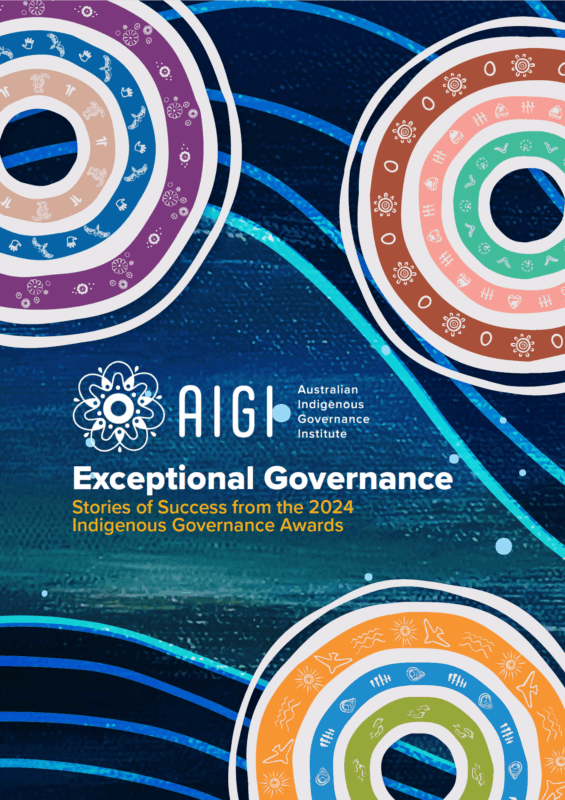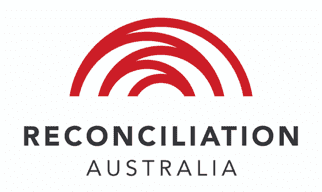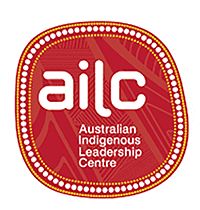See our privacy policy to find out how AIGI handles your personal information.
In this topic, we explore the concept of self-determination and how it applies to Aboriginal and Torres Strait Islander peoples We introduce nation building, treaty and development as examples of self-determinatio...







.png)







